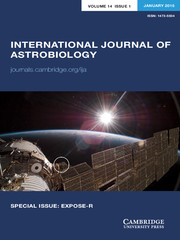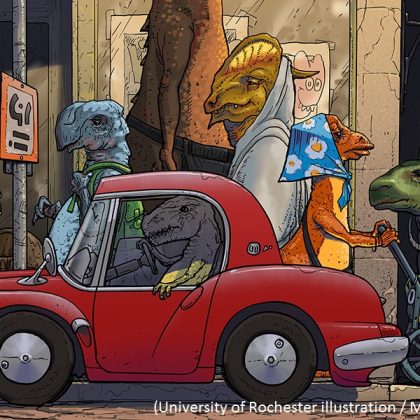Embryo endgames: survival strategies for human extinction events and space colonization
The Coming Mass Extinctions
How long will humans survive on Earth? This is a question much discussed in recent journal articles, books and movies. Global warming together with its catastrophic subthemes of famine, disease and warfare appears to have human civilization it its crosshairs. Contemplating the wider future also brings no relief. The Earth has often been struck by mass extinctions, typically linked to periods of glaciation or intense volcanism. Not only are these episodes likely to continue, but solar models also predict that all life on Earth will be terminated a billion or so years from now by outward expansion of the sun. Is there a workaround to these seemingly inevitable events?
The Lifeboats of Ectogenesis
As luck would have it, the necessary first steps towards a workable survival plan may already have been taken. Science fiction authors had long speculated that space colonization might ultimately be achieved by replacing adult astronauts with cryopreserved embryos. Once arrived at exoplanets, these embryos would be developed to neonates in artificial uterus systems. This approach avoids many of the technical hurdles of space travel. More significantly, it could also be used to repopulate Earth after mass extinction events. It has already been demonstrated that human babies can be born from embryos that had been cryopreserved after IVF for a few decades, but in theory the period of cryostorage could be thousands or even millions of years.
The key requirement for survival missions would then be an artificial uterus system for complete ectogenesis, i.e., complete development of embryos to neonates outside the natural womb. Remarkably, the operational cores of such systems already exist for animals and soon will be available for human babies. Their function is the more limited one of providing oxygen, nutrients, etc. to extremely premature infants. They require surgical attachment of the umbilical cord of the developing fetus to the apparatus, however, and thus do not go far enough for human survival missions. The latter require that early-stage embryos be able to implant in cryopreserved uterine tissues or analogues thereof, which in turn would be connected to the core system. Though limited at present by bioethical concerns, real progress has been made here too, with the goal of affording clinical assistance to infertile women and reproductive choices to prospective parents.
The Survival Missions
Should the bioethical concerns surrounding complete ectogenesis be adequately addressed and such systems be developed, their first use in survival missions would likely be to extend conventional missions, such as those employing subterranean bunkers or orbiting spacecraft. This would be done by replacing some adult crew members of these missions with cryopreserved embryos. For major mass extinctions and all far future events, adult crews would be entirely replaced by embryos and androids. The most advanced missions would feature orbiting spacecraft for embryo Earth recolonization and analogous interstellar spacecraft for colonizing exoplanets. Using this integrated, embryonic approach, human and other advanced civilizations could eventually colonize distant parts of their home galaxies and potentially the wider universe beyond.
Article: “Android Noahs and Embryo Arks: Ectogenesis in Global Catastrophe Survival and Space Colonization” https://doi.org/10.1017/S147355042100001X
Author: Matthew Edwards, University of Toronto
Published in International Journal of Astrobiology, January 2021 and available to read for free until April 1 2021








Interesting paper. I held off reading it until I finished reading, Sapiens. The last chapter of Sapiens is very relevant to Matt’s discussion, A little “out there”, but maybe not as far our as it would have been 10 years ago. Earl